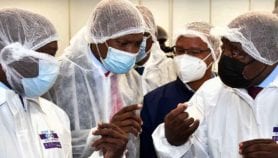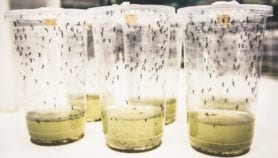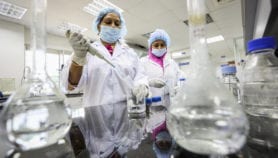Send to a friend
The details you provide on this page will not be used to send unsolicited email, and will not be sold to a 3rd party. See privacy policy.
Many simultaneous and connected strategies are required to meet the rapidly growing global demand for food, write H. Charles J. Godfray and colleagues in Science.
The world population is likely to reach nine billion in 2050. A "multifaceted and linked" strategy is needed to produce more food and ensure its fair distribution, say the authors.
They present five goals for ensuring global food security and discuss approaches to achieving them.
The first focuses on closing the yield gap, the difference between realised and potential crop productivity. The authors say this requires innovations — based on traditional and advanced crop and livestock breeding — to control pests and diseases as they evolve. Thorny issues such as women’s role in agriculture and land tenure rights must also be tackled.
Boosting productivity through, for example, genetic engineering, is the second goal. But the authors warn that such new technologies carry "risks in terms of loss of trust if their potential benefits are exaggerated in public debate".
The third goal — reducing waste — could be tackled by investing in storage and transport infrastructure and improving farmers’ access to markets.
The last two goals include reducing meat consumption and expanding aquaculture — particularly in Africa — through technical advances in hatchery systems, larger-scale production technologies or the culture of a broader range of species.
Link to full article in Science ![]() [933kB]
[933kB]













